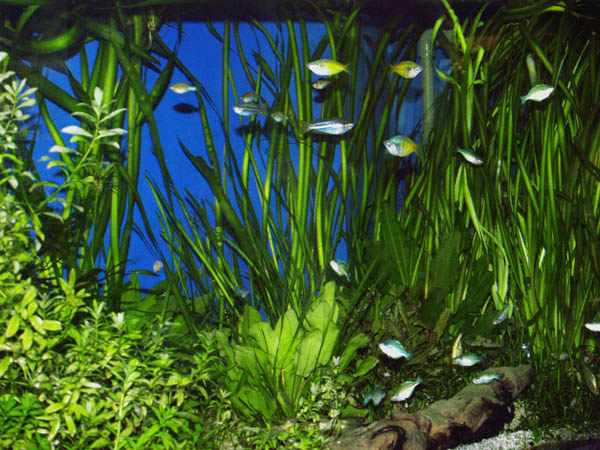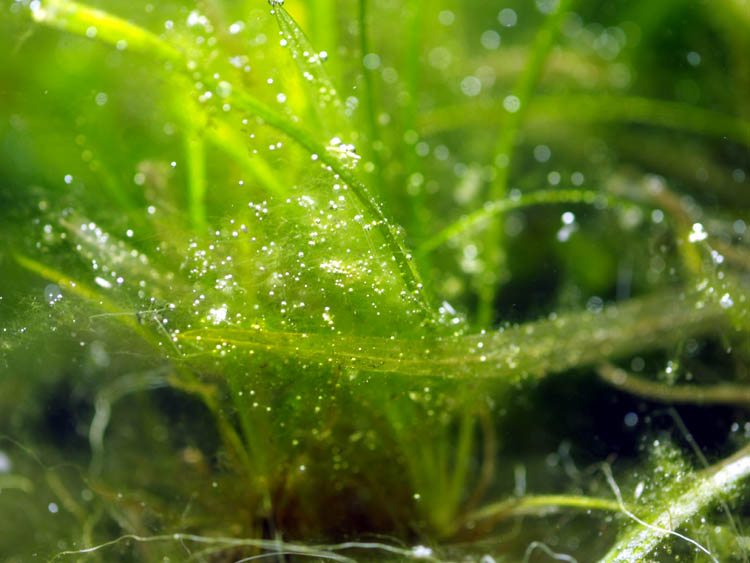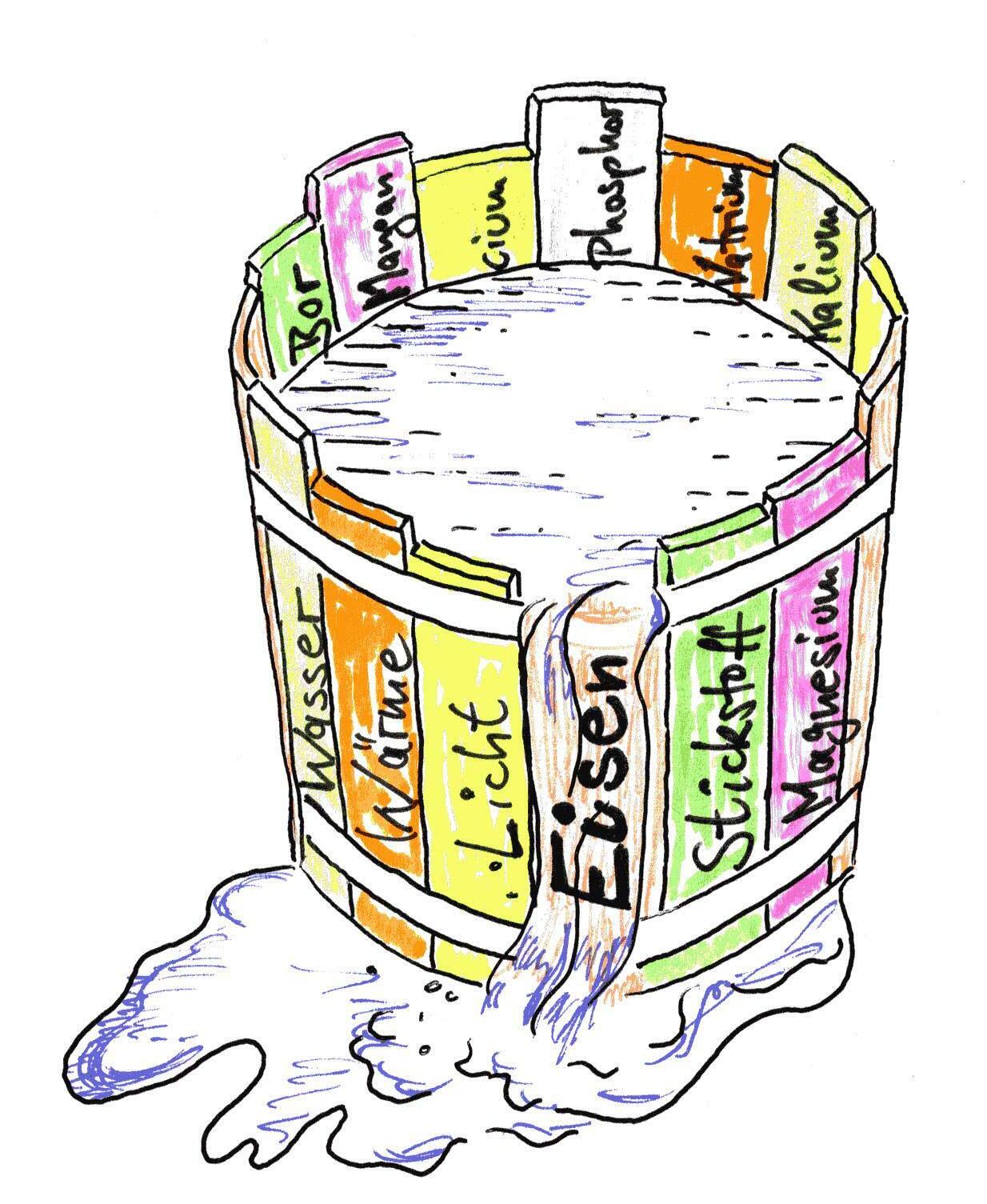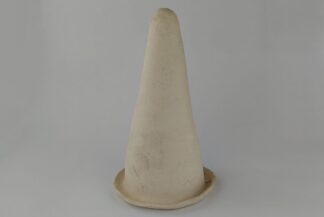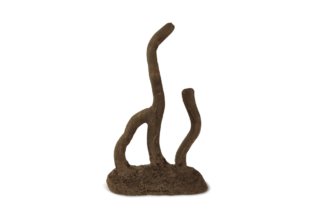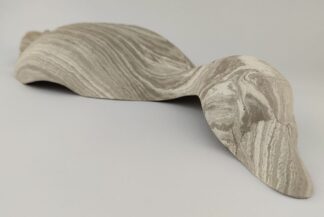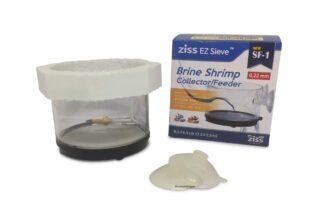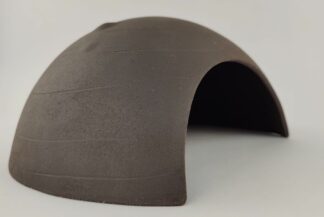A planted aquarium can be a real eye-catcher. Lush greenery is calming and offers an alternative ‘programme’ to relax the stressed eye.
The idea…
… the reality:
Ok, admittedly, it’s green too. Just not the way we thought it would be. Pretty much every aquarist will have been confronted with this unwanted greenery at some point. This usually goes hand in hand with increasingly poor growth of the actual plants. And so the view into the tank is now anything but relaxed… But how does this happen?
In the beginning, the plants will still largely correspond to the ideal. After setting up a new tank, the plants usually grow quite well and abundantly, depending on the substrate and any additives, even up to several months to the satisfaction of the observer. But then the time comes and the plants start to weaken. Growth slows down, leaves become discoloured, spots appear and a different green gradually spreads, covering plants and furnishings, taking over the function of the higher plants, which have nothing to oppose the competitors in the depleted biotope.
What is completely obvious to us on agricultural land – namely the supply of minerals and trace elements in the form of fertilisation when crops are removed – is often simply not considered in the aquarium. Here too, nutrients are constantly being removed from the water and substrate by the plants. Some of the required substances are still available in the form of fish food residues and fish faeces. Others are used up more quickly and, according to Liebig’s law of the minimum, lead to deficiency symptoms.
Algae can manage with considerably fewer trace elements than higher aquatic plants and therefore have a clear competitive advantage in the event of a deficiency, i.e. they proliferate while the actual plants are left behind. It would not help to add more nitrogen or phosphate, for example, as there is already enough of these due to animal excretions. It is much more important to compensate for the lack of the ‘minimum’ so that the plants can utilise the available nitrogen and phosphate in the first place.
At the latest when the plants start to slow down in growth, they should be helped with targeted fertilisation if you want to avoid the usually green but otherwise rather bleak picture of algae growth and the frustration that comes with it:
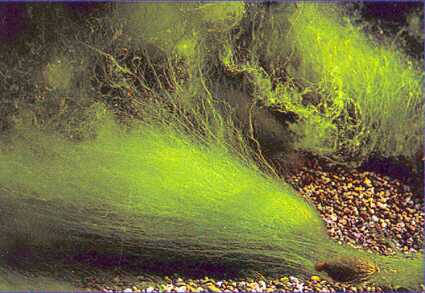
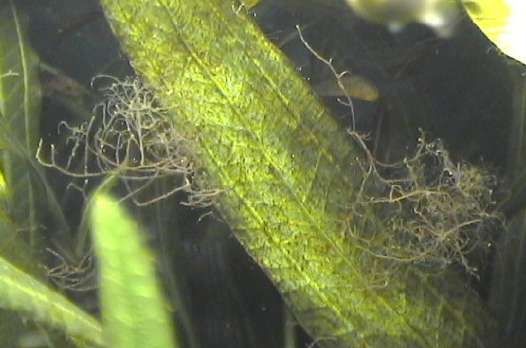
As already mentioned, the further addition of nitrogen and phosphate should be avoided. There is usually already enough of these. What we now need is a fertiliser that replaces the missing components, i.e. the trace elements and, to a not inconsiderable extent, iron. If you now carry out regular water changes (at least once a week, at least 30 %) followed by fertilisation, the plants will recover after a few weeks and algae growth will slow down. Depending on the plant population, you can or should now replant, preferably with fast-growing plants that consume nitrates and phosphates very effectively. Together with the iron and trace element fertilisation, this leads to the water body regaining its balance and the supply of nutrients again matching the requirements of the higher aquatic plants. Strong growth of aquarium plants thus reduces algae growth. And so the ambitious aquarist can once again take a relaxed look at his aquarium…
FERMENDO-Wasserpflanzenbooster– Versorgung mit System

